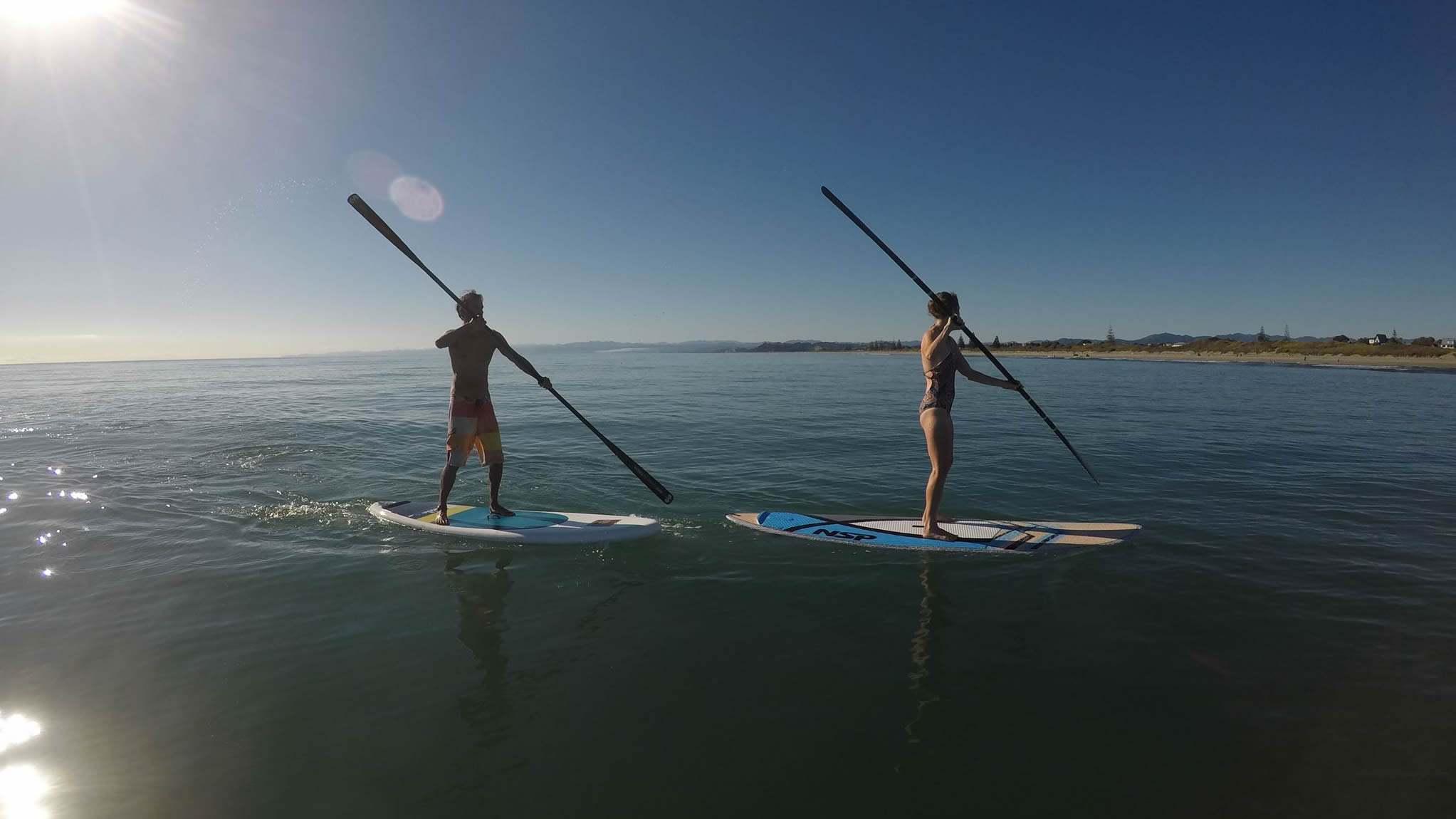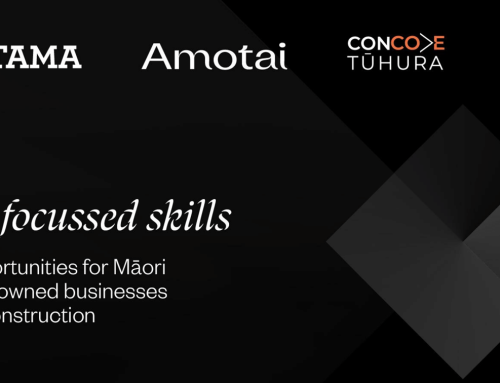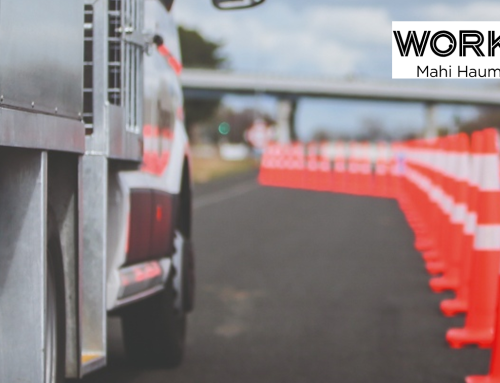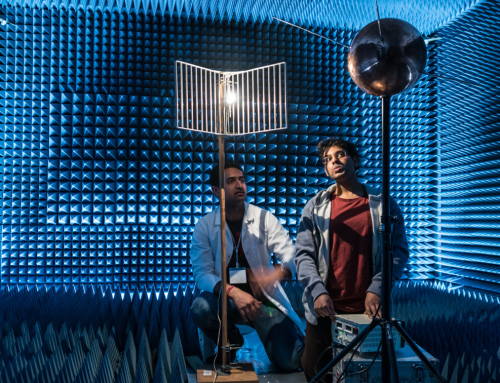“Making Paddles That We Love”
Love it or hate it, Stand Up Paddle-boarding (SUP) is the world’s fastest growing water sport.
WHAI paddles started off when innovator Anthony Clyde (Ngāti Naho) took to his SUP Paddle with a hacksaw, in the back yard of his house at Ohiwa. Always looking for more speed, he knew there must be a better way to paddle than with the conventional water shovel that was being used by the world at large.
Two paddles duct-taped together with an insert cut out for his top hand – and the first version of the WHAI double-ended paddle was born. Now he could charge out through the surf without having to change sides with his paddle every 3-4 strokes. It was much faster and more energy efficient, but it was restricted by the fact that it could only be used in a kneeling position because of its limited length.
Enter, the taiaha…
Anthony’s long-time friend, Krishna Smith (Te Arawa) had just lent him his most prized possession, the taiaha that had been awarded to him as a teenager on Mokoia Island by the late Mita Mohi. Krishna gave his mate the taiaha to hold, study and understand as a medium for connecting more deeply with his Māoritanga, as it had done for himself in his youth. Krishna was blown away a few months later when, in return, he received a super-lightweight carbon fibre SUP paddle that had been completely modeled on the design of the taiaha. The new design reminded him that our tūpuna actually adapted the fighting taiaha from the paddling hoe many generations ago. Anthony had inadvertently turned that adaptation around and brought the past into the future.
It was beautiful to look at, as strong and agile as the taiaha to use and it weighed next-to-nothing, which completely changed the way that they could surf and dramatically reduced the amount of energy required to paddle into waves. Not only did it work as a single-ended paddle, but you could connect two paddle blades with a carbon fibre shaft to make a double-ended one that was light enough and long enough to easily use standing up.
The boys were instantly hooked. They knew the design had massive potential for the sport of SUP, but what they didn’t anticipate was that it would become a huge hit with kayak paddlers as well. Currently, the WHAI kayak and SUP paddles are in the final stages of testing and refinement, before to hitting the market.
Anthony has been inventing cool stuff most of his life. Among other things, he is the founder of SmartMotion Electric bikes, NZ’s top-selling brand and selling in USA, Aussie and Europe. More recently he co-developed the Ubco two-wheel-drive electric farm bike. With WHAI Paddles, he used his production connections overseas to produce the paddle prototypes. The production process requires completely new technology that is necessary to create the world’s lightest paddles.
Krishna, who is an artist and educator, designed the company logo. It is a stylised image of the Whai, the ever-present Stingray, kaitiaki of the Ohope beaches where the paddles have been put through their paces. From the logo came the name, Whai Paddles. Whai represents grace, strength and beauty in the water. Krishna believes it is no coincidence that it is pronounced the same as the greek letter Phi, which represents the, so called, Golden Ratio. This number describes the mathematical proportions of all things beautiful to the human eye. As a verb in te reo Māori, whai means to seek or pursue and so far this has been a journey of following the signs, whai tohu, like the day the idea for Whai paddles as a brand name came up – later that afternoon Anthony passed the Whakatane bus and noticed the destination sign had failed. The L.E.D’s were off from part way through the ‘K’ of WHAKATANE. This just left ‘WHAI…’. He tohu tērā!
Although it is still early days for Whai Paddles, the boys are in it for the long haul. Where the journey it is taking them, the pair can never be too sure. For now, they’re going to live up to the company motto…
Whai Paddles – “enjoy the ride”.






